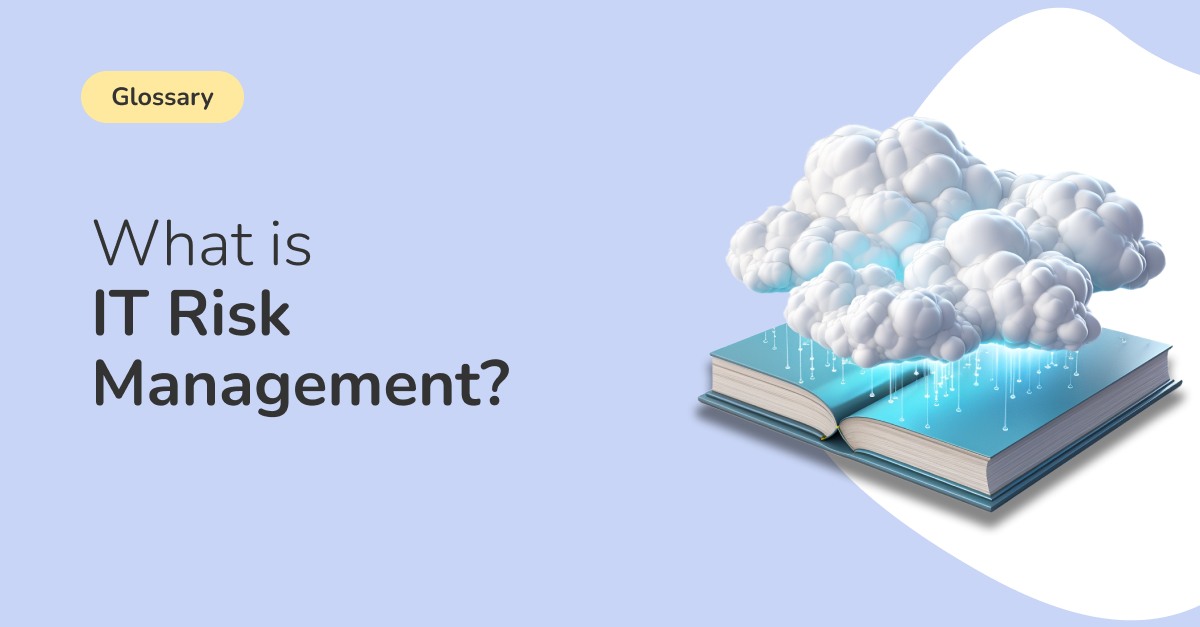What is IT Risk Management?
IT Risk Management is the practice of identifying, assessing, and mitigating risks related to information technology. It encompasses cyber risk, data protection, and regulatory compliance. The goal is to safeguard the organization from threats while ensuring business continuity.
The SaaS Management Connection to IT Risk Management
In the world of Software as a Service (SaaS), IT risk management takes on a new layer of complexity. Here’s how they intersect:
Risk Management Software: Modern SaaS management platforms often come with built-in risk management features, streamlining the risk management process.
Information Security: With data often stored in the cloud, information security protocols like encryption are vital.
Compliance: SaaS applications must adhere to various regulatory compliance standards, impacting your overall risk profile.
Enterprise Risk Management: SaaS platforms are now a significant part of an organization’s enterprise risk management strategy, contributing to both operational risk and cyber risk.
Risk Assessment & Analysis: The assessment features in SaaS platforms can automate the often tedious process of risk identification and analysis.
Threat Mitigation: Real-time monitoring capabilities can swiftly identify potential threats and cybersecurity risks, aiding in prompt risk mitigation.
Management Efficiency: Effective SaaS management can enhance overall risk management by consolidating tasks like risk assessment, compliance monitoring, and risk mitigation into a single platform.
By linking IT risk management with SaaS management, organizations can get a 360-degree view of their risk landscape, making it easier to manage, assess, and mitigate potential risks effectively.
Learn more about how Torii, the leading SaaS Management Platform, helps you discover Shadow IT, automate many of your security tasks, and streamline employee lifecycle tasks.
Examples of IT Risk Management
Scenario: A Healthcare SaaS Provider
A healthcare SaaS provider identifies a potential risk: a cyber threat targeting healthcare data. The risk management team, sometimes called risk managers, conducts a qualitative risk assessment. They determine the level of risk and possible impact. To manage this, they enhance their cybersecurity measures and inform all stakeholders. This real-world example illustrates the value of an organized risk management process.
IT Risk Management Best Practices
Risk Assessment: Begin by identifying potential risks. Use tools like risk assessment frameworks to evaluate the scale and impact of each risk.
Prioritize Risks: Not all risks are equal. Use metrics to prioritize risks based on their potential impact and likelihood.
Develop a Risk Management Plan: Document your risk management strategies, including risk mitigation tactics and contingency plans. It’s critical to create a risk management framework that will protect your organization from cybersecurity risk.
Implement Security Measures: Employ cybersecurity protocols like firewalls, encryption, and two-factor authentication to protect sensitive data.
Regular Audits: Conduct periodic security audits to identify vulnerabilities. Update your risk assessment based on the findings.
Stakeholder Communication: Keep stakeholders informed about risks and your risk management program. Transparency builds trust.
Legal Compliance: Stay up-to-date with regulatory requirements related to data protection and privacy.
Continuous Monitoring: Employ real-time monitoring tools to detect and react to threats as they occur.
Employee Training: Equip staff with the knowledge to identify and report potential risks, emphasizing the human aspect of risk management.
Review and Update: Technology and threats evolve. Regularly review and update your risk management strategies to adapt to new challenges.
By integrating these best practices, organizations can substantially reduce their exposure to IT-related risks, safeguarding both data and operations.
Related Terms You Should Understand
Risk Management: The overall practice of identifying and mitigating risks, not limited to IT.
Cybersecurity: Protecting internet-connected systems, including hardware, software, and data from cyber threats.
Risk Mitigation: The strategies used to reduce or manage identified risks.
Enterprise Risk Management: A business strategy that identifies and prepares for hazards affecting enterprise-level assets and objectives.
Compliance: Adherence to laws and regulations. In IT, this often refers to data protection laws.
Risk Assessment: The initial step in the risk management process, where potential risks are identified and analyzed.
Information Security: Ensuring the confidentiality, integrity, and availability of information.
Risk Management Program: An organized approach that outlines policies, procedures, and practices for managing risks.
Threat: Anything that has the potential to cause harm.
Understanding these terms and applying them through a well-defined risk management plan empowers organizations to manage potential threats effectively. Whether you’re a risk manager or an executive, IT risk management is a fundamental aspect of modern business operations.

